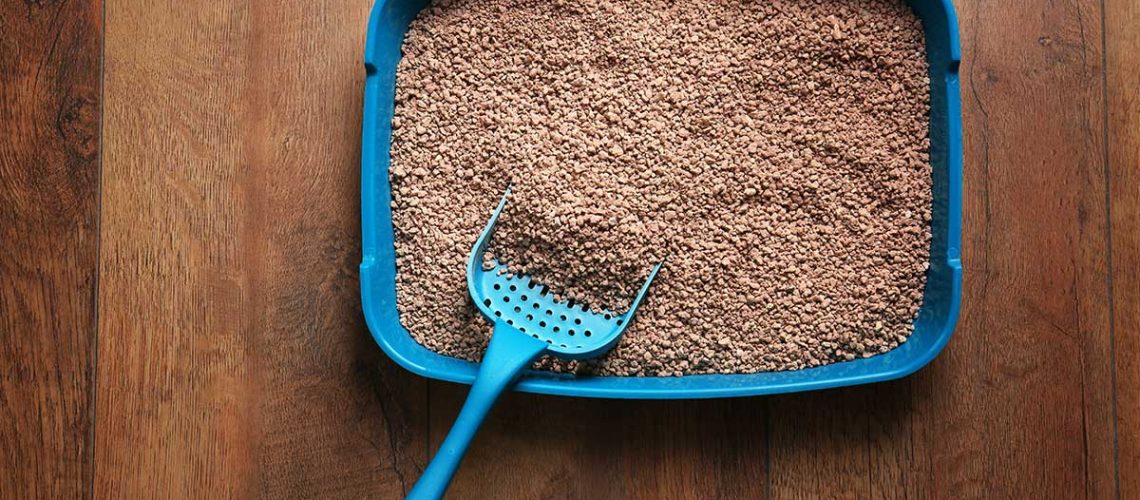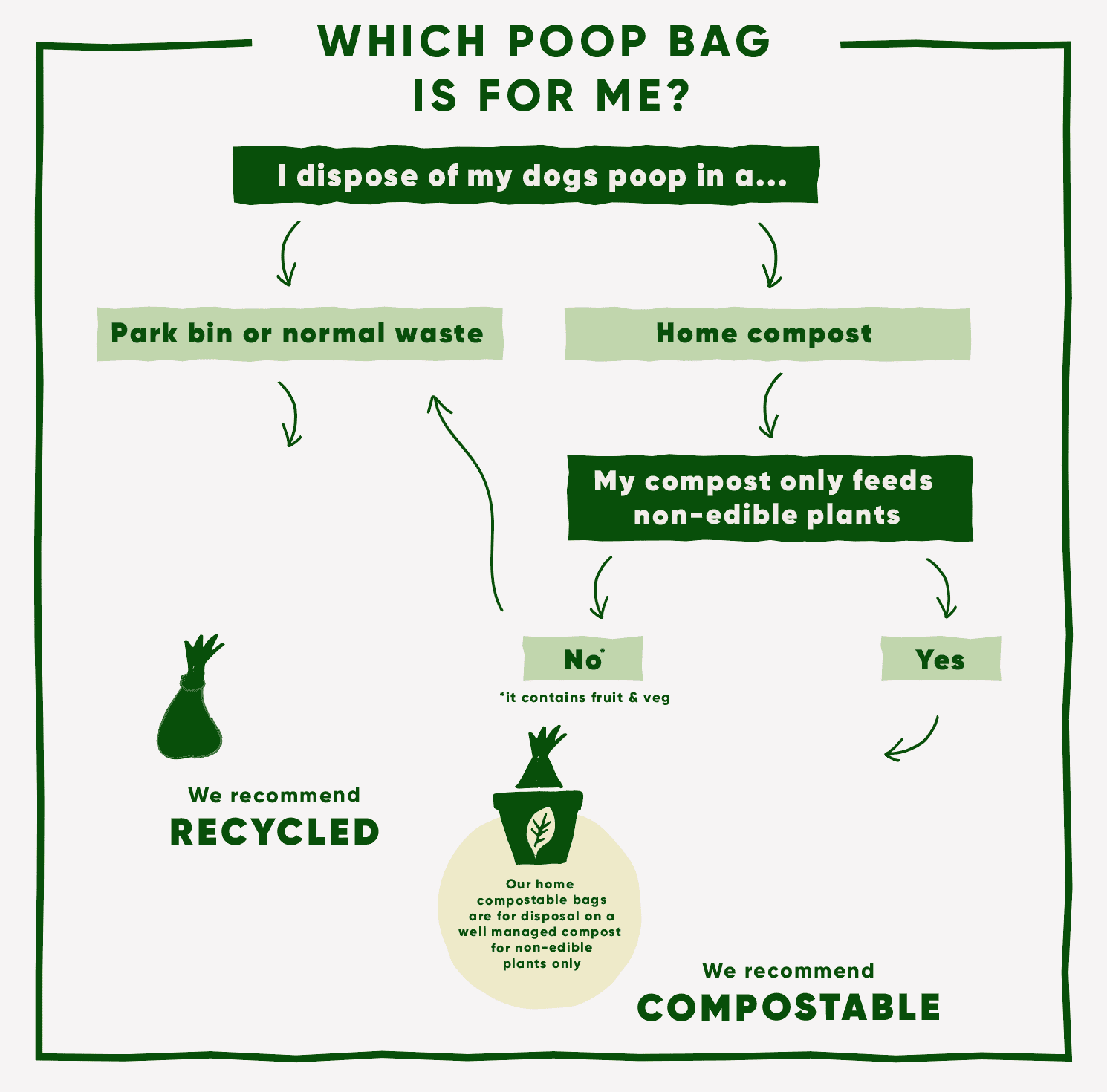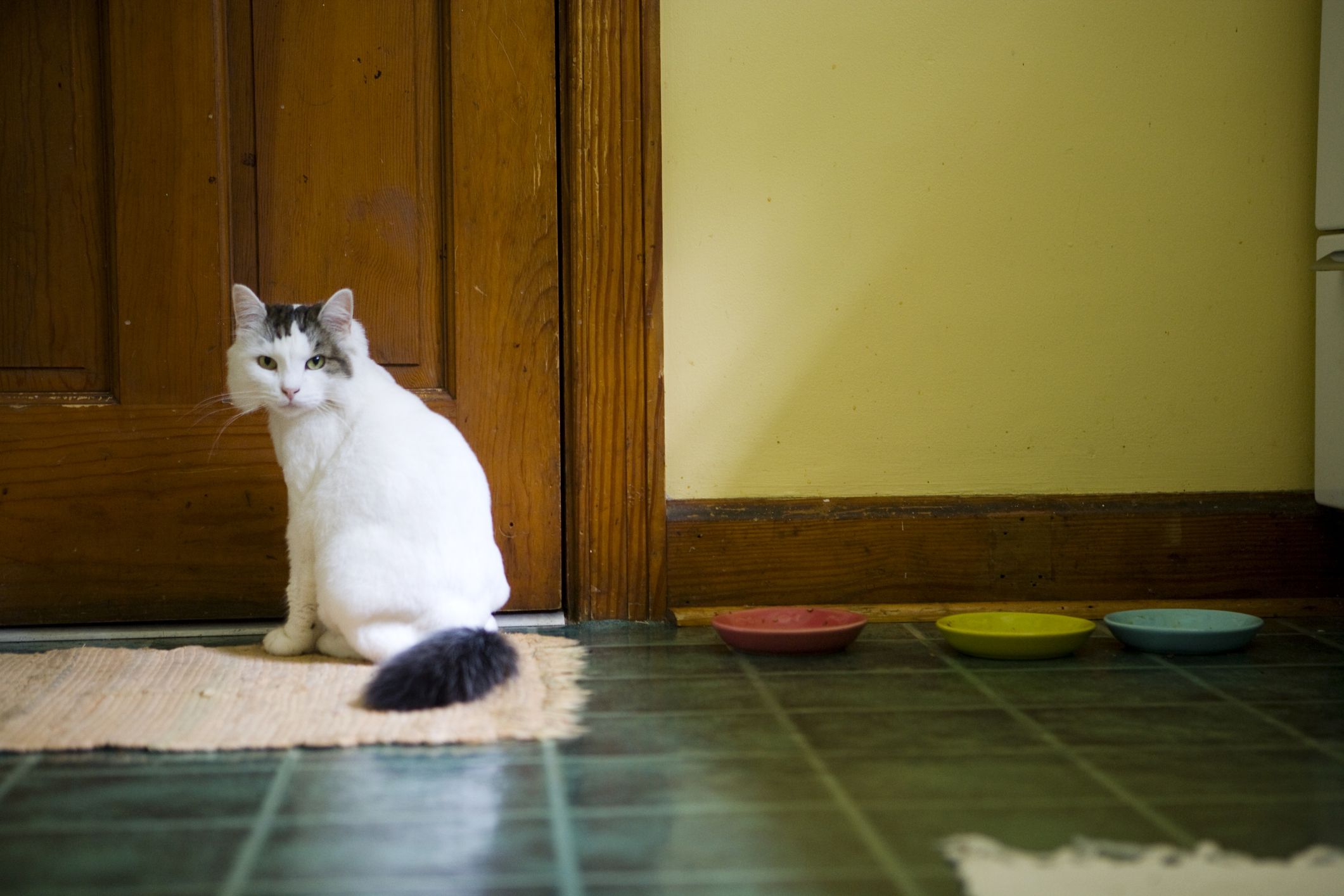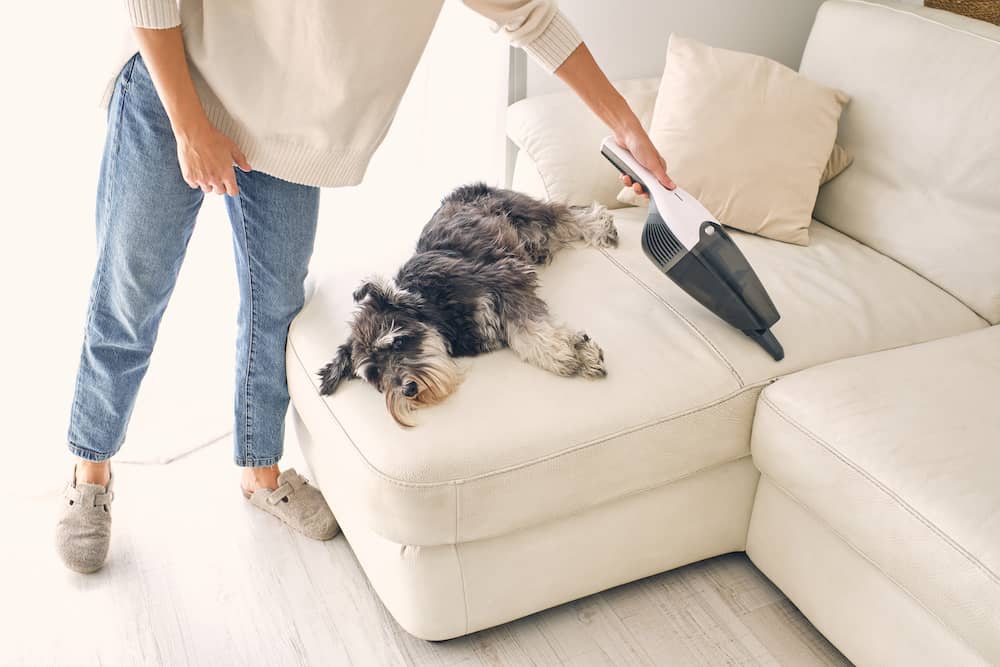Are you tired of dealing with the stinky mess of used cat litter? Well, get ready to discover the best methods to get rid of it and say goodbye to those unpleasant odors once and for all! Understanding how to properly dispose of used cat litter is not only essential for maintaining a clean and hygienic environment, but it also ensures the health and well-being of both you and your furry friend. In fact, did you know that improper disposal of cat litter can contribute to the spread of harmful bacteria and parasites? But fear not, because in this article, we will explore the most effective techniques for safely getting rid of used cat litter. So, whether you're a seasoned cat owner or just starting out on your feline journey, read on to discover the secrets behind proper disposal methods that will leave your home smelling fresh and clean. Get ready to bid farewell to those foul smells and hello to a pristine living space!
Key Takeaways:
- Dispose of used cat litter in a sealed bag or container to prevent odors and contamination.
- Consider using biodegradable or eco-friendly cat litter options that can be composted or flushed down the toilet.
- Avoid disposing of used cat litter in outdoor areas, as it can harm wildlife and contaminate water sources.
- Regularly clean and maintain the litter box to reduce odor and extend the lifespan of the litter.
- If possible, opt for dust-free cat litter to minimize respiratory issues for both cats and humans.
Safe and Effective Ways to Dispose of Used Cat Litter
1. Bagging and Sealing
One safe and effective way to dispose of used cat litter is by bagging it up and sealing it tightly before throwing it in the trash. This helps prevent any odors or bacteria from escaping. Make sure to use a sturdy plastic bag that won't tear easily, and double bag if necessary.
2. Flushable Cat Litter
If you're looking for a more eco-friendly option, you can consider using flushable cat litter. These types of litter are specially designed to break down in water, making them safe to flush down the toilet. However, not all cats may be comfortable with this type of litter, so it's important to test it out gradually.
Tips:
- Check the packaging of the cat litter to ensure it is labeled as flushable.
- Only flush small amounts at a time to avoid clogging your pipes.
- Consult with your local wastewater treatment facility to ensure they can handle flushed cat litter.
How Often Should You Clean Your Cat's Litter Box?
Cleaning your cat's litter box regularly is essential for maintaining their health and preventing unpleasant odors in your home. It is recommended to scoop out solid waste daily and completely change the litter every one to two weeks, depending on how many cats you have.
If you notice any strong odors or if your cat starts avoiding the litter box, it may be a sign that it needs cleaning more frequently. Cats are clean animals by nature, so providing them with a fresh and clean litter box will help ensure their comfort and well-being.
The Environmental Impact of Improperly Disposing Used Cat Litter
Improperly disposing of used cat litter can have negative effects on the environment. Cat feces may contain harmful bacteria and parasites, such as Toxoplasma gondii, which can be harmful to wildlife and humans if it contaminates water sources.
When cat litter is thrown in regular trash without proper bagging or sealing, it can end up in landfills where it may not decompose properly. This can contribute to pollution and the release of greenhouse gases. It's important to follow safe disposal methods to minimize the environmental impact.

Alternative Options for Disposing of Used Cat Litter
If you're looking for alternative options for disposing of used cat litter, here are a few ideas:
- Bury it: If you have a backyard, you can bury the used cat litter in a designated area away from any edible plants or water sources.
- Composting: Some types of biodegradable cat litters can be composted along with other organic materials. However, avoid using compost containing cat waste on vegetable gardens.
- Pet waste disposal systems: There are specialized pet waste disposal systems available that use enzymes or bacteria to break down the waste. These systems are designed to handle both dog and cat waste.
Precautions for Handling Used Cat Litter to Prevent Spread of Bacteria or Parasites
Wearing Gloves and Masks
When handling used cat litter, it is important to take precautions to prevent the spread of bacteria or parasites. One simple step you can take is to wear gloves and masks while cleaning the litter box. This will help protect you from coming into direct contact with any harmful substances that may be present in the litter.
Proper Disposal Methods
Another precautionary measure is to ensure proper disposal of used cat litter. It is recommended to double-bag the waste in a sturdy plastic bag before placing it in your regular trash bin. This helps minimize the risk of contamination and prevents any potential leakage or odor.
Avoiding Contact with Face and Mouth
Additionally, it is crucial to avoid touching your face or mouth while handling used cat litter. Bacteria and parasites can easily transfer from your hands to these areas, increasing the risk of infection. Remember to wash your hands thoroughly with soap and water after disposing of the litter.
By following these simple precautions, you can significantly reduce the chances of spreading bacteria or parasites when handling used cat litter.
Recycling or Repurposing Used Cat Litter: Is it Possible?
The Limitations of Recycling Cat Litter
While recycling is an essential practice for many household items, unfortunately, recycling used cat litter is not feasible due to its potential health risks. Cat feces may contain harmful pathogens such as Toxoplasma gondii, which can pose a threat to human health if not handled properly. Therefore, it is best to avoid attempting to recycle cat litter.
Possible Repurposing Ideas for Used Cat Litter
Although recycling may not be an option, there are alternative ways to repurpose used cat litter. One idea is to use it as a natural deodorizer for outdoor areas such as gardens or compost piles. The absorbent properties of cat litter can help control odors and moisture in these spaces.
Another repurposing option is using the litter for traction on icy surfaces during winter. The small granules in the litter can provide grip and prevent slipping on slippery pathways or driveways.
It's important to note that when repurposing used cat litter, it should only be done in non-food related areas and away from children or pets. Always read the packaging instructions and follow any guidelines provided by the manufacturer.
Regulations and Guidelines for Disposing of Used Cat Litter in Your Area
Local Waste Management Regulations
When it comes to disposing of used cat litter, it is essential to be aware of the regulations and guidelines specific to your area. Local waste management authorities often have specific rules regarding the disposal of pet waste due to its potential environmental impact.
Proper Bagging and Labeling
In most cases, used cat litter should be double-bagged in plastic bags before placing it in your regular trash bin. Some areas may require additional precautions, such as labeling the bag as "pet waste" or using biodegradable bags specifically designed for this purpose.
Avoid Flushing Cat Litter Down the Toilet
It is crucial to note that flushing cat litter down the toilet is not recommended. Cat litter can contain materials that are harmful to plumbing systems and can cause blockages or damage wastewater treatment facilities.
To ensure compliance with local regulations, it is advisable to contact your local waste management authority or check their website for specific guidelines on how to dispose of used cat litter properly.
Remember, following these regulations helps protect our environment and prevents potential contamination of water sources.
In conclusion, the best methods to get rid of used cat litter are to scoop it daily and dispose of it in a sealed bag or container. It is also important to clean and disinfect the litter box regularly to maintain a healthy environment for your cat.
What is the most sustainable way to dispose of cat litter?
According to Bond, using wood-based cat litter is a great option for composting, which is the most environmentally friendly way to get rid of cat litter and waste. However, it is crucial to ensure that the compost reaches the right temperature in order to kill any harmful bacteria.
How do you deal with cat litter waste?
To properly dispose of your pet's waste, remove all clumps of waste, double-bag them, and place them in an outdoor trash can. If you're concerned about the environment, you can use a biodegradable poop bag to increase the likelihood of the waste breaking down correctly.
Can you put used cat litter in the garden?
In conclusion, certain types of cat litter can be composted, but it is important to note that the resulting compost should not be used on vegetables grown in your garden. Instead, the compost from cat litter can be utilized with excellent outcomes for any decorative plants you may have indoors or around your house.
Where is the best place to dump cat litter?
No matter what kind of trash you have, it is important to not throw it outside to prevent the spread of hazardous organisms like Toxoplasma. Instead, put the trash in a plastic bag, securely tie it, and dispose of it in your regular garbage. If possible, using a biodegradable bag can help the trash break down more easily in the landfill.
Is dumping cat litter bad for the environment?
Clay cat litter is harmful to the environment as it creates a significant amount of non-biodegradable waste. This waste contributes to issues such as floods, erosion, pollution, and deforestation. Additionally, it can also pose health risks for your cat.
How long does it take for cat litter to decompose?
Cat litter made from organic materials will decompose within a few months to a year, whereas litter made from silica or bentonite will take longer to fully break down into smaller particles.

















